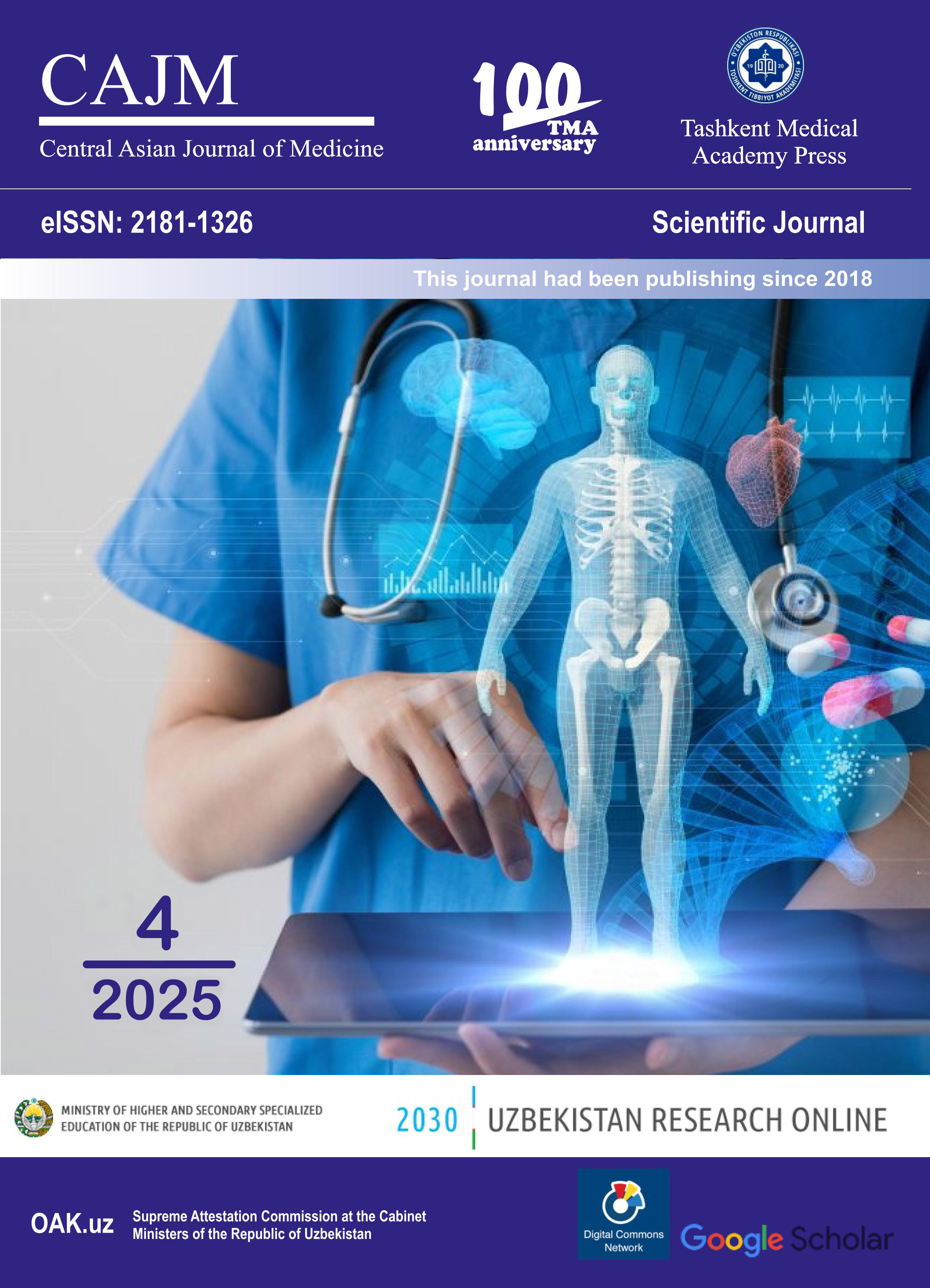WHAT ARE THE EFFECTS OF TITANIUM DIOXIDE AND ALUMINUM ON THE BRAIN?
Keywords:
E 171, titanium dioxide, nanomaterials, E173, aluminum, natural brain barrier, cumulation.Abstract
Synthetic food colorants are organic compounds that do not occur naturally, meaning they are artificially produced. Most of them have been used in the global food industry for decades. Many of these colorants form insoluble complexes (lakes) with metal ions and, in this form, serve as pigments for coloring powdered products, dragees, tablets, and chewing gum. Unlike natural food colorants, synthetic ones do not exhibit biological activity and do not contain flavoring compounds or vitamins. However, they offer significant technological advantages over natural colorants, as they are less sensitive to processing and storage conditions while providing bright, easily reproducible colors [7], [8], [9].
References
Abdullaeva MA, Zaripova OO. (2023) E 171 and E 173 food of paints brain to the activity and behavior influence on character. 10 (60)
Affourtit F., Bakker M. I., Pronk M. E. J. Human health risk assessment of aluminium. 2020.
Aripov F. S. Pathomorphological Changes B Korea Main To the moon Rat At the moment Various Terms Impacts Energeticheskogo Napitka. International Congress on Biological, Physical and Chemical Studies (ITALY). 2024; 58-60.
Cornu R., Beduneau A., Martin H. Ingestion of titanium dioxide nanoparticles: a definite health risk for consumers and their progeny. Archives of toxicology. 2022; 96(10): 2655-2686.
Crisponi G. et al. The meaning of aluminium exposure on human health and aluminium-related diseases. Biomolecular concepts. 2013; 4(1): 77-87.
Exley C., House E. R. Aluminium in the human brain. Monatshefte fur Chemie-Chemical Monthly. 2011; 142(4): 357-363.
Juhee P. et al. An update on the sample preparation and analytical methods for synthetic food colorants in food products. Food Chemistry. 2024; 140333.
Khasanova D., Azimova Z. Methody opredeleniya morfologicheskix osobonnostey legkix pod vliyaniem krasiteley, primenyaemyx v pishchevoy promyshlennosti, i ix phytokorrektsiya. Profilakticheskaya meditsina i zdorove. 2023; 2(6): 19-29.
Koynova, A. N. (2019). Industry pishchevyx dobavok: sostoyanie and perspective development. Pishchevaya industry, (3 (41)), 36-39.
Vijay, and Kiran Dip Gill. Aluminium neurotoxicity: neurobehavioural and oxidative aspects. Archives of toxicology 83 (2009): 965-978.
Raoul, P., Cintoni, M., Palombaro, M., Basso, L., Rinninella, E., Gasbarrini, A., & Mele, MC (2022). Food additives, a key environmental factor in the development of IBD through gut dysbiosis. Microorganisms, 10 (1), 167.
Shodiev D. A., Najmitdinova G. K. Pishchevye dobavki i ix znachenie. Universum: technical science. 2021; 10-3 (91): 30-32.
Ugli s. DO, Erkinovna n. M. Food additives e-171, e-173 and mechanism of their influence on the organism from the biochemical point of view. research focus. 2024; 3(1): 229-232.

